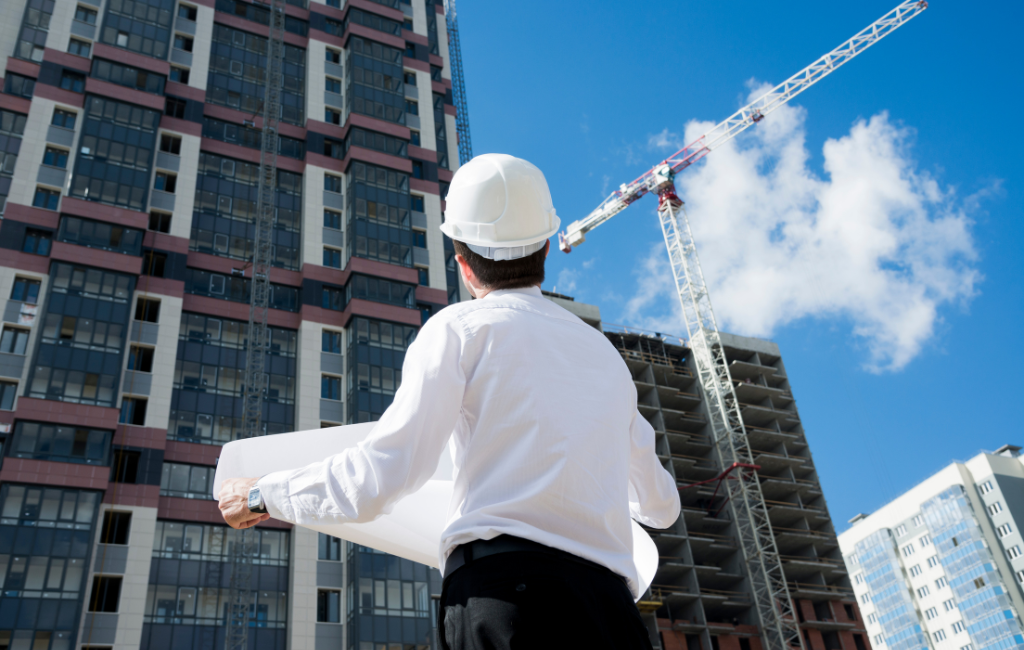Architect Solutions for Green Buildings
Green buildings have become a focal point in modern architecture, driven by the need for sustainable development and environmental conservation. Architects are at the forefront of this movement, employing innovative solutions to create structures that are not only aesthetically pleasing but also environmentally responsible.
Understanding Green Buildings
Green buildings are designed to reduce the overall impact on the environment and human health. This is achieved through efficient use of energy, water, and other resources, as well as reducing waste, pollution, and environmental degradation.
Key Features of Green Buildings
- Energy Efficiency
- Water Conservation
- Use of Sustainable Materials
- Indoor Environmental Quality
- Waste Reduction
Energy Efficiency
Energy efficiency is a cornerstone of green building design. Architects employ various strategies to minimize energy consumption, such as:
- Passive Solar Design: Utilizing the sun’s energy for heating and lighting.
- High-Performance Windows: Reducing heat loss and gain.
- Insulation: Enhancing thermal performance of the building envelope.
- Energy-Efficient Lighting: Using LED and other low-energy lighting solutions.
Case Study: The Edge, Amsterdam
The Edge in Amsterdam is a prime example of energy-efficient design. This office building uses solar panels, energy-efficient lighting, and a smart energy management system to achieve a net-zero energy status.
Water Conservation
Water conservation is another critical aspect of green buildings. Architects incorporate systems and technologies to reduce water usage, such as:
- Low-Flow Fixtures: Reducing water consumption in bathrooms and kitchens.
- Rainwater Harvesting: Collecting and using rainwater for non-potable purposes.
- Greywater Systems: Recycling water from sinks and showers for irrigation.
Case Study: Bullitt Center, Seattle
The Bullitt Center in Seattle is renowned for its water conservation efforts. The building features composting toilets, rainwater harvesting, and greywater systems, making it one of the greenest commercial buildings in the world.
Use of Sustainable Materials
Sustainable materials are integral to green building design. Architects select materials that have a minimal environmental impact, such as:
- Recycled Materials: Using materials that have been repurposed from other products.
- Locally Sourced Materials: Reducing transportation emissions and supporting local economies.
- Renewable Materials: Utilizing resources that can be replenished naturally.
Case Study: One Central Park, Sydney
One Central Park in Sydney showcases the use of sustainable materials. The building incorporates recycled steel, low-VOC paints, and sustainably sourced timber, contributing to its high environmental performance.
Indoor Environmental Quality
Indoor environmental quality (IEQ) is vital for the health and well-being of occupants. Architects focus on several factors to enhance IEQ, including:
- Natural Ventilation: Promoting fresh air circulation.
- Daylighting: Maximizing natural light to reduce the need for artificial lighting.
- Non-Toxic Materials: Using materials that do not emit harmful chemicals.
Case Study: PNC Tower, Pittsburgh
PNC Tower in Pittsburgh is designed with a strong emphasis on IEQ. The building features operable windows, abundant natural light, and non-toxic materials, creating a healthy indoor environment for its occupants.
Waste Reduction
Waste reduction is a significant component of green building practices. Architects implement strategies to minimize waste during construction and throughout the building’s lifecycle, such as:
- Construction Waste Management: Recycling and reusing materials during construction.
- Deconstruction: Carefully dismantling buildings to salvage materials for reuse.
- Composting: Managing organic waste to reduce landfill impact.
Case Study: BedZED, London
BedZED (Beddington Zero Energy Development) in London is a pioneering example of waste reduction. The development uses recycled and reclaimed materials extensively and has a comprehensive waste management system in place.
Conclusion
Architects play a pivotal role in the development of green buildings, employing a range of innovative solutions to create sustainable, energy-efficient, and healthy environments. By focusing on energy efficiency, water conservation, sustainable materials, indoor environmental quality, and waste reduction, architects are leading the way towards a more sustainable future. The examples of The Edge, Bullitt Center, One Central Park, PNC Tower, and BedZED demonstrate the tangible benefits and feasibility of green building practices.
